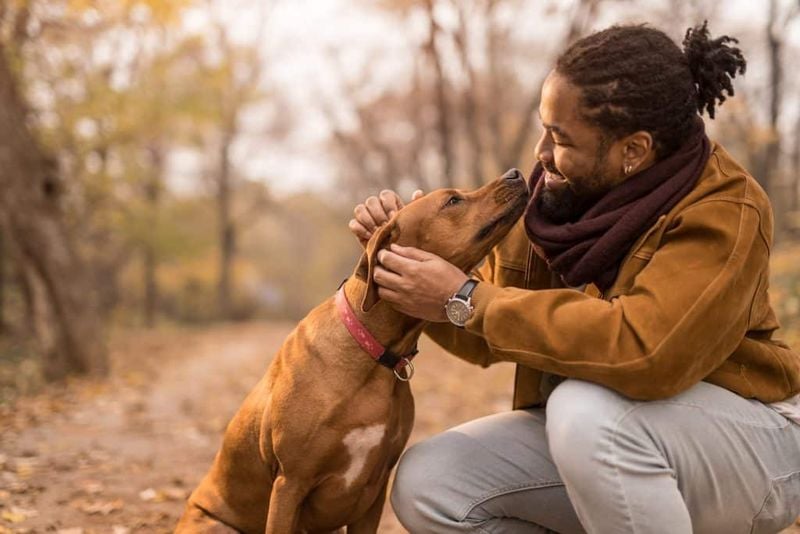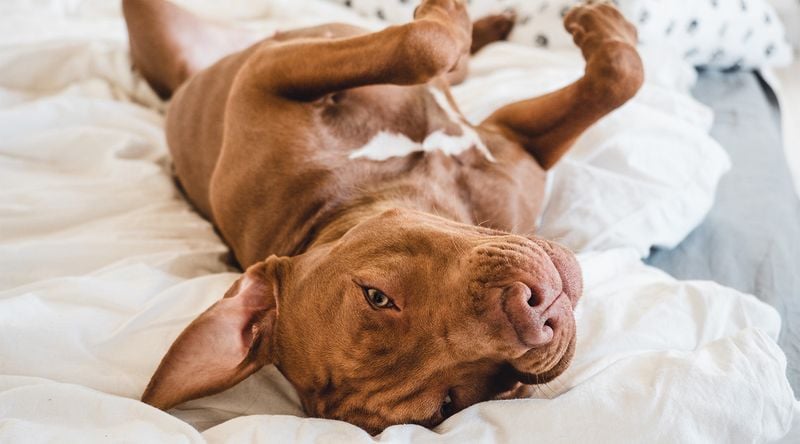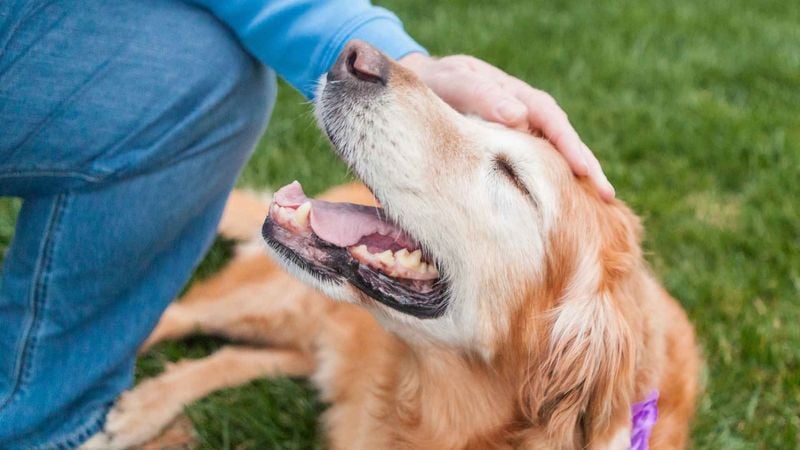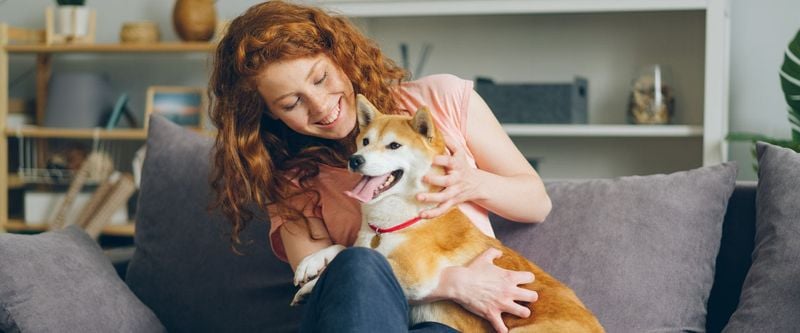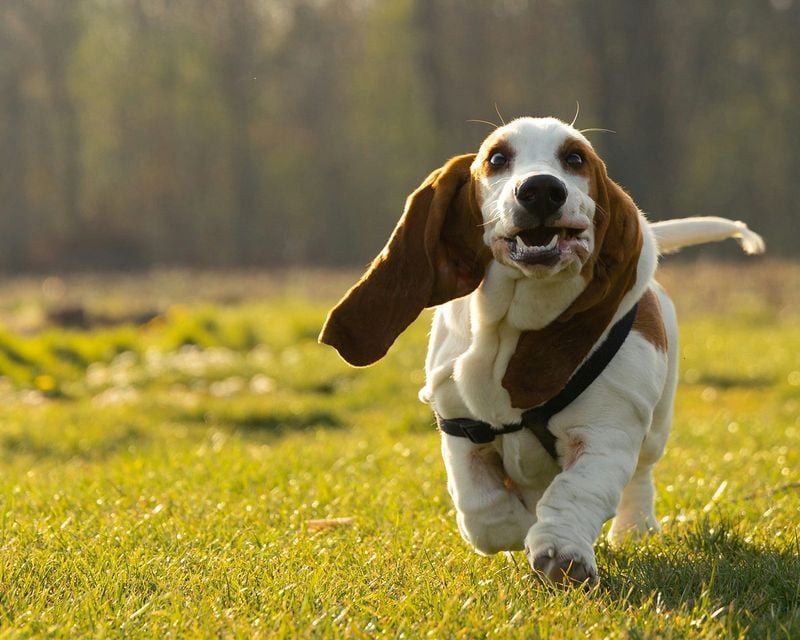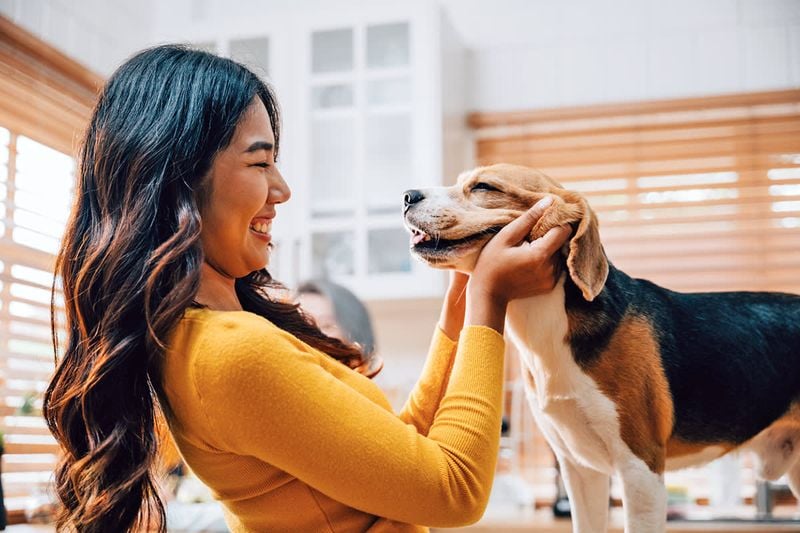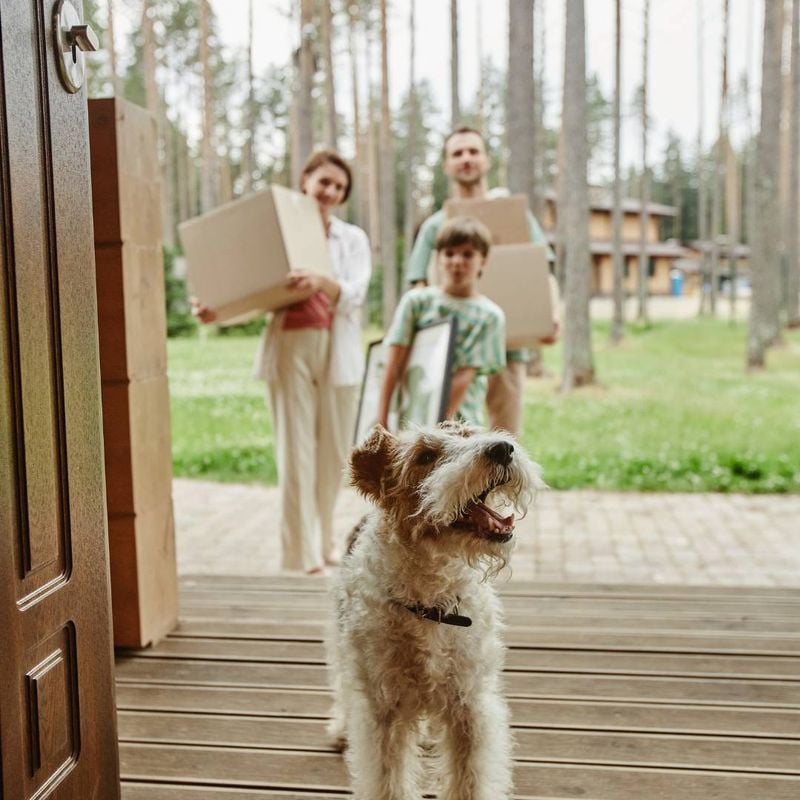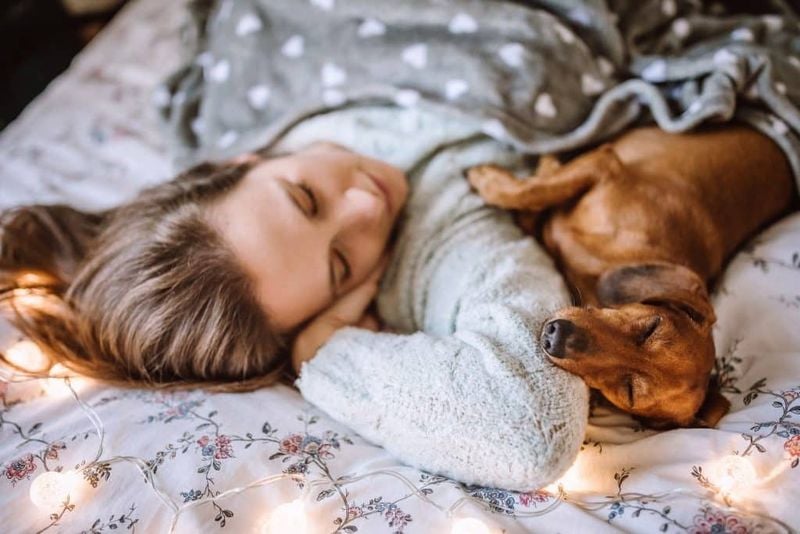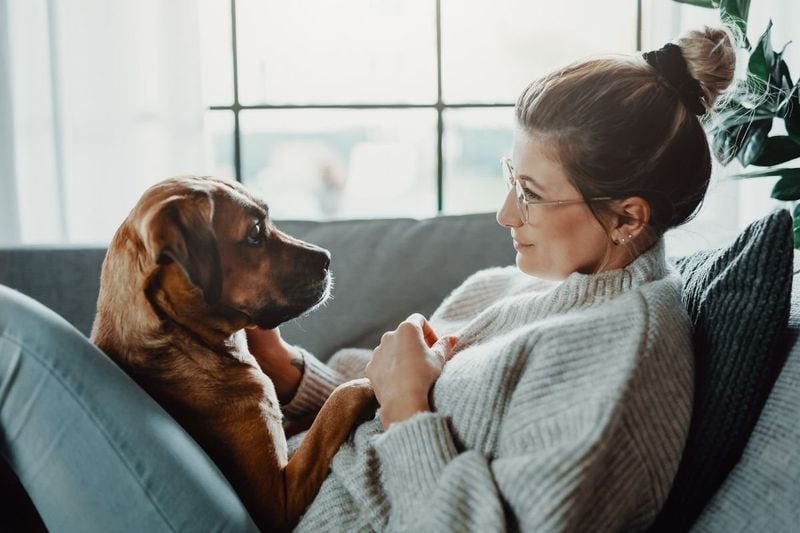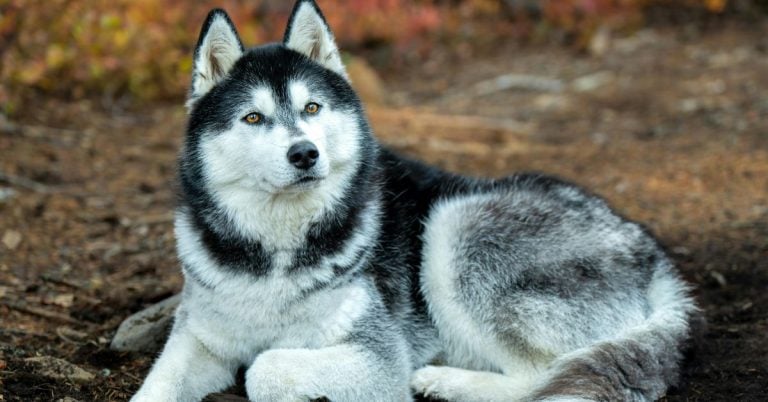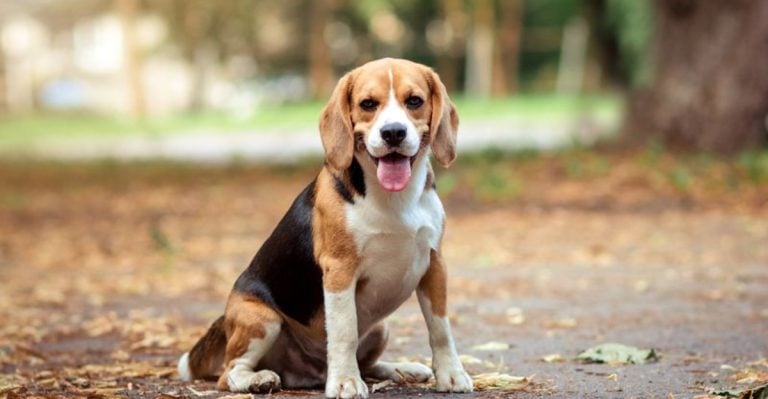11 Adorable Habits Dogs Only Show When They Truly Trust You
Ever wonder if your furry friend truly trusts you? Dogs communicate their feelings in subtle ways that often go unnoticed. When your four-legged companion feels safe and secure with you, they display certain behaviors that speak volumes about your special bond.
These heartwarming gestures aren’t just cute – they’re meaningful signals that your dog considers you their trusted human.
1. Gazing Into Your Eyes
Dogs lock eyes with humans they trust completely. This isn’t just casual looking – it’s sustained, soft eye contact that releases oxytocin (the love hormone) in both you and your pup. This chemical reaction strengthens your bond each time it happens.
Many dogs naturally avoid direct eye contact with strangers or those they fear. When your dog willingly meets your gaze, especially with relaxed eyes and a calm demeanor, they’re expressing deep trust and affection.
This meaningful connection might seem simple, but it’s actually a powerful form of communication that wild dogs rarely share with anyone outside their pack.
2. Floppy Relaxation Around You
Your dog’s body language speaks volumes about their comfort level. A truly trusting dog will completely let their guard down physically – rolling onto their back, exposing their belly, or sprawling out with loose, relaxed muscles near you.
This vulnerable position is significant in dog language. In the wild, exposing vital organs makes a dog defenseless against attacks. When your furry friend stretches out beside you or flops against your legs, they’re essentially saying, “I know I’m safe with you.”
Even subtle signs like soft, half-closed eyes, loose floppy ears, and a slightly open mouth indicate your dog feels utterly secure in your presence.
3. Seeking Your Space Constantly
A telltale sign of canine trust is when your dog deliberately chooses to be near you, even when they have other comfortable options. They might follow you from room to room, settle beside your desk while you work, or lean against your legs during conversations with others.
This proximity-seeking behavior stems from pack mentality. Your dog views you as their safe haven and pack leader. The constant shadowing isn’t neediness – it’s a profound compliment!
Notice how they position themselves: facing the same direction as you, maintaining physical contact, or positioning themselves where they can always see you. These subtle choices reveal their deep bond with you.
4. Enthusiastic Greeting Rituals
The joyful dance your dog performs when you return home goes beyond simple excitement. Those full-body wiggles, spinning circles, and rhythmic tail wags are special behaviors reserved only for their most trusted humans.
Dogs who truly trust their people often bring toys as gifts or make unique vocalizations during greetings. These enthusiastic welcomes are more than happiness – they’re celebrations of your safety and return to the pack.
Pay attention to the quality of their tail wag too. A high, fast-wagging tail that involves their entire back end signals genuine joy and trust, unlike the stiff, high wags dogs might show when merely alert or cautious.
5. Hanging On Your Every Word
Attentive dogs who trust you develop an almost supernatural ability to tune into your voice, body language, and routines. They respond not just to commands but to subtle changes in your tone or expression, often seeming to read your mind.
This heightened awareness shows up when your dog perks their ears at the sound of your voice, even in noisy environments. They might tilt their head when you speak directly to them – a charming behavior that actually helps them process your words better.
The trusting dog watches your face for cues and anticipates your needs, sometimes getting your shoes before a walk or bringing a toy when you sit down, showing they’re completely tuned into your patterns.
6. Welcoming Your Touch Anywhere
Dogs naturally guard sensitive areas like their paws, ears, and belly. When your furry friend allows you to touch these vulnerable spots without tension, it demonstrates extraordinary trust in your handling.
You’ll notice they remain relaxed during grooming sessions or vet-like handling that might cause anxiety with strangers. They might even lean into your touch or position themselves for better access to their favorite scratching spots.
This physical trust develops gradually through gentle, positive interactions. A dog who happily rolls over for belly rubs or calmly lets you check their paws and ears has developed a level of physical trust that’s truly special and shouldn’t be taken for granted.
7. Staying Cool in New Situations
When dogs truly trust their humans, they show remarkable confidence in unfamiliar environments. Instead of panicking in new places, they take cues from your calm demeanor and follow your lead.
This confidence isn’t about fearlessness – it’s about having faith that you’ll keep them safe. Watch how your dog checks in with you in new situations, looking to your face for reassurance before proceeding.
A trusting dog might still feel nervous about strange noises or new people, but their anxiety decreases significantly when you’re nearby. This security bond allows them to explore more freely and adapt to changes with less stress – all because they believe in your protection.
8. Peaceful Snoozing Beside You
Sleep represents the ultimate vulnerability for any animal. When your dog chooses to nap deeply beside you, often in unusual positions with belly exposed or back pressed against you, they’re displaying profound trust in your protection.
Notice how your trusted companion might drift into REM sleep – legs twitching, eyes moving under closed lids, perhaps soft woofs escaping. This deep sleep state only happens when they feel completely secure.
Some dogs even develop special sleeping rituals with trusted humans, like circling three times before flopping against you or insisting on specific positions. These habits aren’t just cute quirks – they’re physical manifestations of their absolute faith in you as their safe haven.
9. Confident Solo Time
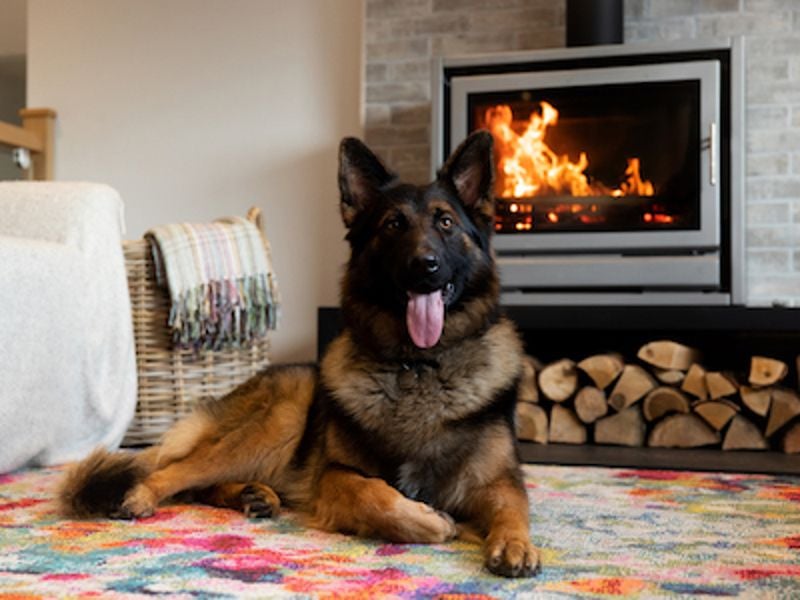
Surprisingly, a dog’s ability to be alone contentedly actually indicates deep trust. When your furry friend can watch you leave without panic, they’re showing faith that you’ll return – a sophisticated understanding that many anxious dogs lack.
This confidence develops when your dog learns your departures aren’t permanent. They settle into their own activities while you’re gone instead of pacing, destroying things, or vocalizing desperately.
Look for the calm acceptance when you gather your keys or put on shoes. A trusting dog might follow you to the door but then return to their bed or toy, perhaps with a resigned sigh. This healthy independence stems from the security of knowing their trusted human always comes back.
10. Cheerful Response to Gentle Direction
The hallmark of a trusting canine relationship isn’t perfect obedience – it’s your dog’s attitude toward guidance. Dogs who truly trust respond to gentle cues with eager willingness rather than fearful compliance or stubborn resistance.
You’ll notice they watch your hands and body language with bright interest, not cowering or avoidance. Their ears remain perked forward, tails relaxed or wagging, as they engage with your requests as a fun partnership game.
This willing cooperation happens because they’ve learned your leadership brings good things, not punishment. A trusting dog might still test boundaries occasionally, but they fundamentally believe your guidance makes sense and leads to positive outcomes for everyone in the pack.
11. Emotional Synchronization
Perhaps the most touching sign of canine trust is when your dog mirrors your emotional state. This remarkable empathy shows they’re so tuned into you that your feelings become theirs – they celebrate when you’re happy and offer comfort when you’re sad.
Dogs with strong trust bonds often place their head on your lap when you cry or bring toys when you laugh. This emotional intelligence goes beyond simple reaction to develop into genuine concern for your wellbeing.
Research confirms that dogs can smell chemical changes in our bodies during different emotional states. A deeply trusting dog doesn’t just detect these shifts – they respond with appropriate supportive behaviors, becoming quieter during your stress or more playful during your joy.

